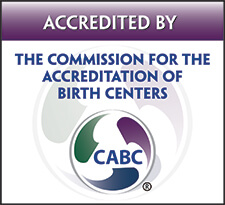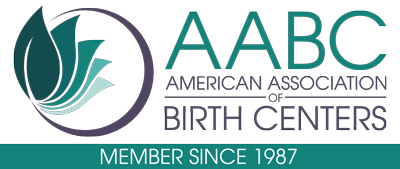Cord Blood Banking Options
There are 3 options for cord blood collection:
1) Medical Need:
We are proud to be able to offer collection of cord blood for families who have a child with a condition that puts them at risk for needing treatment involving matched stem cells from their sibling. The collection, processing, and storage of your baby’s cord blood are free of charge and your insurance is only charged if/when the blood is transplanted to the ill family member.
For more information and to see if you qualify, please visit https://www.stemcyte.com/Sibling_Donor.aspx
2) Donation:
We encourage donation of your baby’s cord blood to public blood banks for children who’s lives may be saved if matched with your child’s blood which contains stem cells that are only present at birth. Cord blood transplant can be used in the treatment of 80 diseases. FDA requirements allow donations only at a few select hospitals in the area, so we regret we cannot facilitate public donations of cord blood at this time.
For more information, please visit https://bethematch.org
3) Private Storage:
Your midwife can collect cord blood for private storage through commercial cord banking companies if your family has contracted out for this option. This is an elective procedure, which is not covered by insurance. At this time, there is no scientific evidence that a baby’s own cord blood can be used to save it’s life or treat leukemia, but the blood may be a match for another ill family member. The chance of actually using the stored cord blood is extremely small; evidence-based estimates range from 1 in 1000 to 1 in 200,000.
To compare companies from which you may buy this service, visit https://parentsguidecordblood.org
Your Birth Plan:
Please talk to your midwife during pregnancy so we may prepare for your collection before labor. In some circumstances, it may not be possible to collect cord blood, such as during complications with mother or baby during birth, or an insufficient or contaminated supply of cord blood.
Waterbirth: Most mamas who give birth at Best Start chose a waterbirth. If you have a waterbirth and would like cord blood to be collected, it is usually necessary for you to exit the water 1-2 minutes after birth and sit on the sides of the tub so that blood can drain with gravity into the collection bag for about 10 minutes.
Optimal ‘Delayed’ Cord Clamping: Our Best Start standard of care is to keep newborns attached to their cords until the cord has stopped pulsing, so that baby may receive all of his or her blood (about 10 minutes after birth). If you plan to have cord blood collected, the cord will be cut around 1-2 minutes after the birth before the cord stops pulsing so that blood is able to be collected.
At Best Start Birth Center, our clinical judgment aligns with national guidelines, which emphasize that there is currently no evidence for private cord blood banking unless a family member has a current medical need; we encourage you to read the following handouts:






